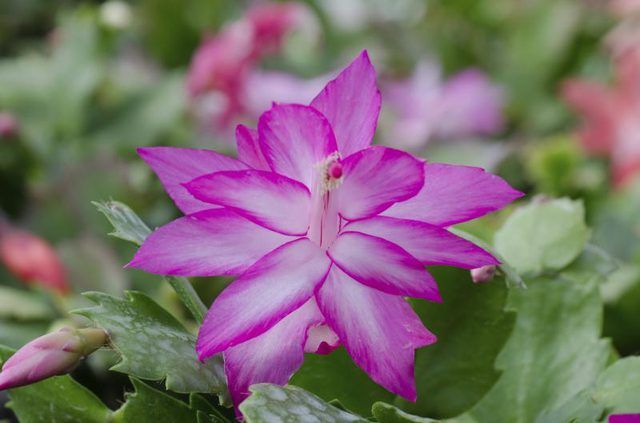Bulbs
Flower Basics
Flower Beds & Specialty Gardens
Flower Garden
Garden Furniture
Garden Gnomes
Garden Seeds
Garden Sheds
Garden Statues
Garden Tools & Supplies
Gardening Basics
Green & Organic
Groundcovers & Vines
Growing Annuals
Growing Basil
Growing Beans
Growing Berries
Growing Blueberries
Growing Cactus
Growing Corn
Growing Cotton
Growing Edibles
Growing Flowers
Growing Garlic
Growing Grapes
Growing Grass
Growing Herbs
Growing Jasmine
Growing Mint
Growing Mushrooms
Orchids
Growing Peanuts
Growing Perennials
Growing Plants
Growing Rosemary
Growing Roses
Growing Strawberries
Growing Sunflowers
Growing Thyme
Growing Tomatoes
Growing Tulips
Growing Vegetables
Herb Basics
Herb Garden
Indoor Growing
Landscaping Basics
Landscaping Patios
Landscaping Plants
Landscaping Shrubs
Landscaping Trees
Landscaping Walks & Pathways
Lawn Basics
Lawn Maintenance
Lawn Mowers
Lawn Ornaments
Lawn Planting
Lawn Tools
Outdoor Growing
Overall Landscape Planning
Pests, Weeds & Problems
Plant Basics
Rock Garden
Rose Garden
Shrubs
Soil
Specialty Gardens
Trees
Vegetable Garden
Yard Maintenance
When Do Cactus Flowers Bloom?
When Do Cactus Flowers Bloom?. Many cactus plants have a sculptural quality to them, little hinting at the amazing show they put on when they bloom. Flowers are usually large for the size of the plant, most staying open just one day. The petals have a shimmering, silky sheen. Colors range from dazzling white to everything but true blue and black,...

Many cactus plants have a sculptural quality to them, little hinting at the amazing show they put on when they bloom. Flowers are usually large for the size of the plant, most staying open just one day. The petals have a shimmering, silky sheen. Colors range from dazzling white to everything but true blue and black, sometimes with several colors in one flower. Most cactus bloom in the spring, opening during the day. A number are pollinated by bats or moths and open at night.
Spring Blooms
Springtime sees most cactus blooming, because temperatures aren't too hot yet, the plants are actively growing after resting all winter and spring rains give them enough water for their extravagant floral display. Even if rains are sparse, cactus draw upon their stored water to flower, but not as abundantly. In Arizona's Sonoran Desert, cactus begin to bloom in March, with April the month of highest flowering. In May prickly pears (Opuntia spp.) flower; they're hardy in U.S. Department of Agriculture plant hardiness zones 3b through 11.
Summer Shows
Cactus that flower in summer's heat are generally substantial ones with a significant amount of stored water in their bodies. This helps them bloom reliably when daytime temperatures climb. The saguaro (Carnegiea gigantea), which reaches 30 to 50 feet tall, flowers in mid-May to mid-June, when temperatures in its native Sonoran Desert regularly reach over 100 degrees Fahrenheit. Many waxy-petaled flowers encircle branch ends and open at night for visits by bats. Saguaros, hardy in USDA zones 9a to 10b, begin to flower when they're 40 to 50 years old. Heavy-bodied barrel cacti (Ferocactus spp.) varieties bloom from spring into summer with yellow, orange or bright red flowers, depending on the species. Fishhook barrel cactus (Ferocactus wislizeni) grows to 5 feet tall in USDA zones 8 through 11.
Night Bloomers
Cactus flowers that open at night help the plant conserve water; in warm months, it's coolest at night. Peruvian apple cactus (Cereus repandus) typifies a moth-pollinated flower, with its 5-inch diameter, trumpet shape and sweet fragrance. It blooms most abundantly in spring, with fall rebloom possible. The columnar blue-green cactus reaches 20 feet tall and branches from the base. The cactus needs frost protection in USDA zone 9, and is hardy in zones 10 and 11. Night blooming cereus (Hylocereus undatus) displays another large moth-pollinated white flower. It blooms in spring and summer on flattened stems that resemble long, scalloped leaves. This cactus is cultivated for its oval, red fruits, called dragonfruit, and is hardy in USDA zones 10 and 11.
Christmas Cactus
This familiar houseplant announces its season of bloom through its common name. With its flattened, leaf-like stem, Christmas cactus (Schlumbergera truncata) grows as an epiphyte in tropical forests of southeastern Brazil. Many hybrids and cultivars now exist, with red, white, pink, purple, peach and salmon-colored blooms that usually occur in winter. The plant responds to long nights with over 13 hours of darkness each night and cool night temperatures, prompting it to bloom right around Christmastime when it's grown as a temperate-climate houseplant. Hardy to USDA zones 10 through 12, Christmas cactus flowers best when it is slightly pot-bound. It is also called Thanksgiving cactus or Easter cactus, because it can be manipulated to bloom at those seasons of the year.